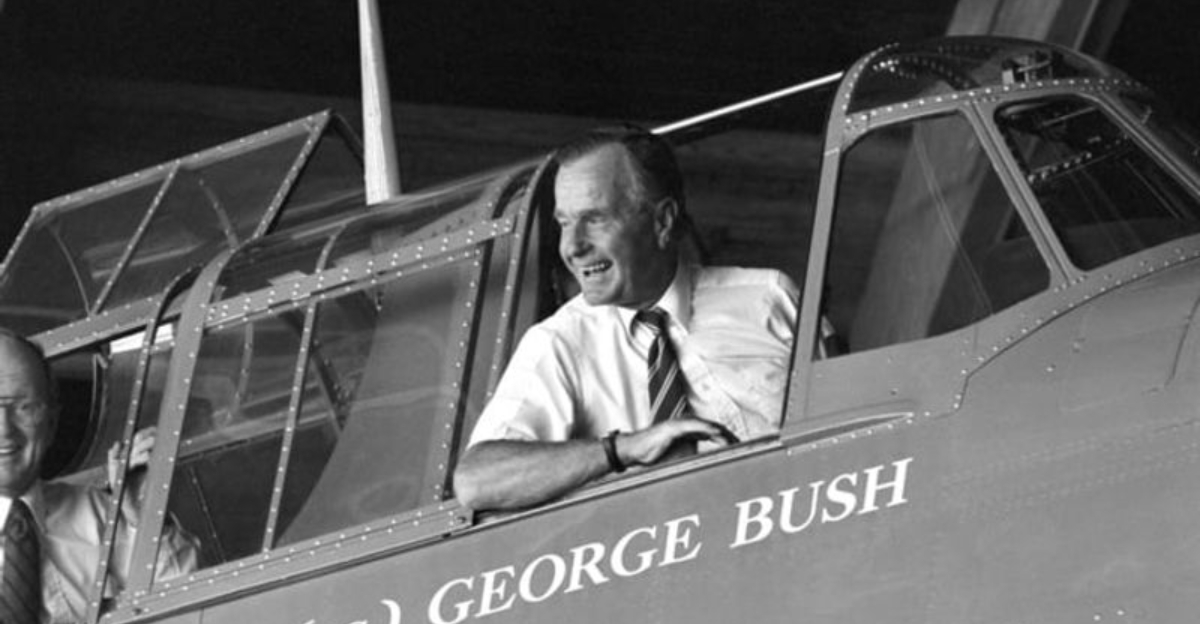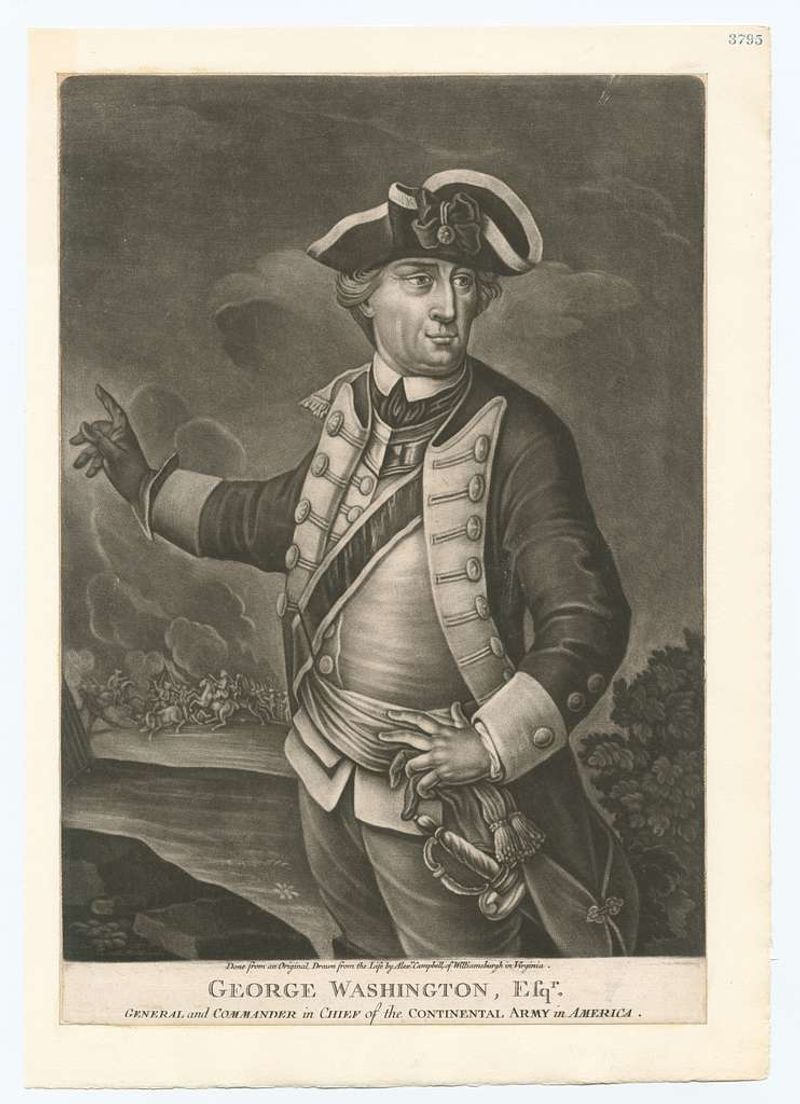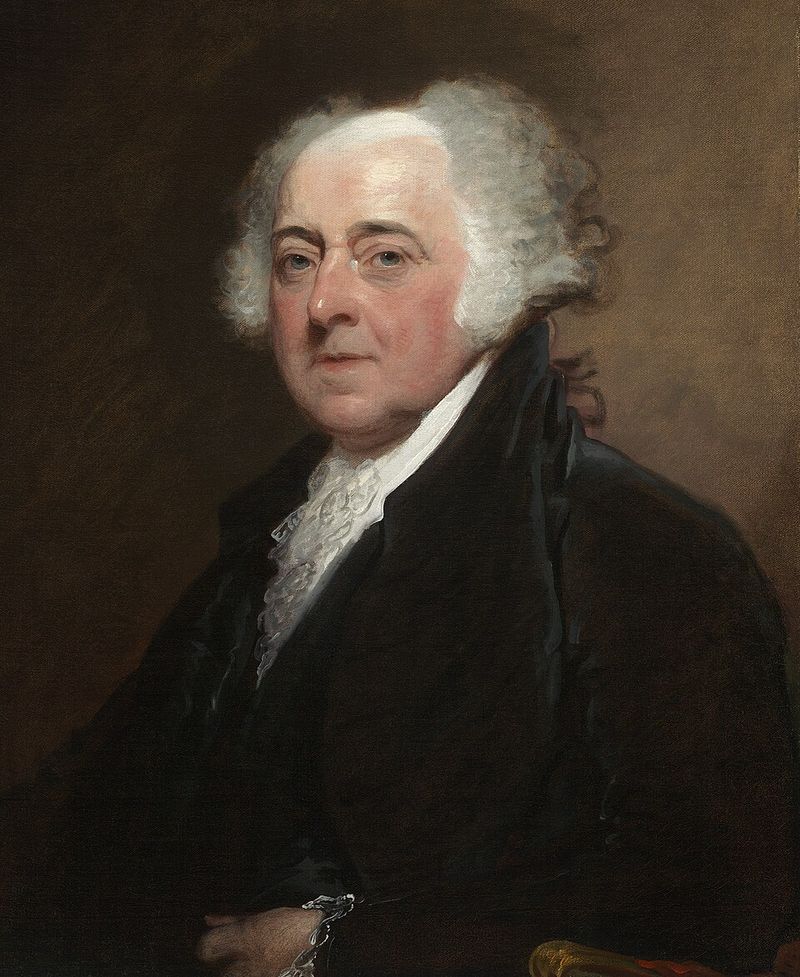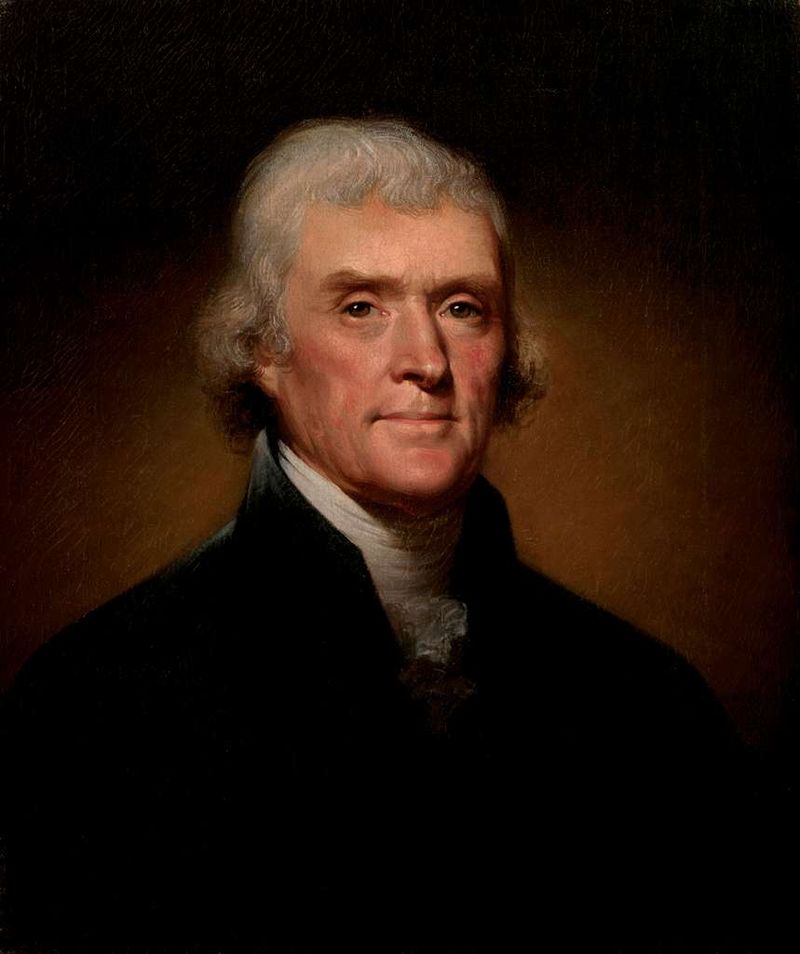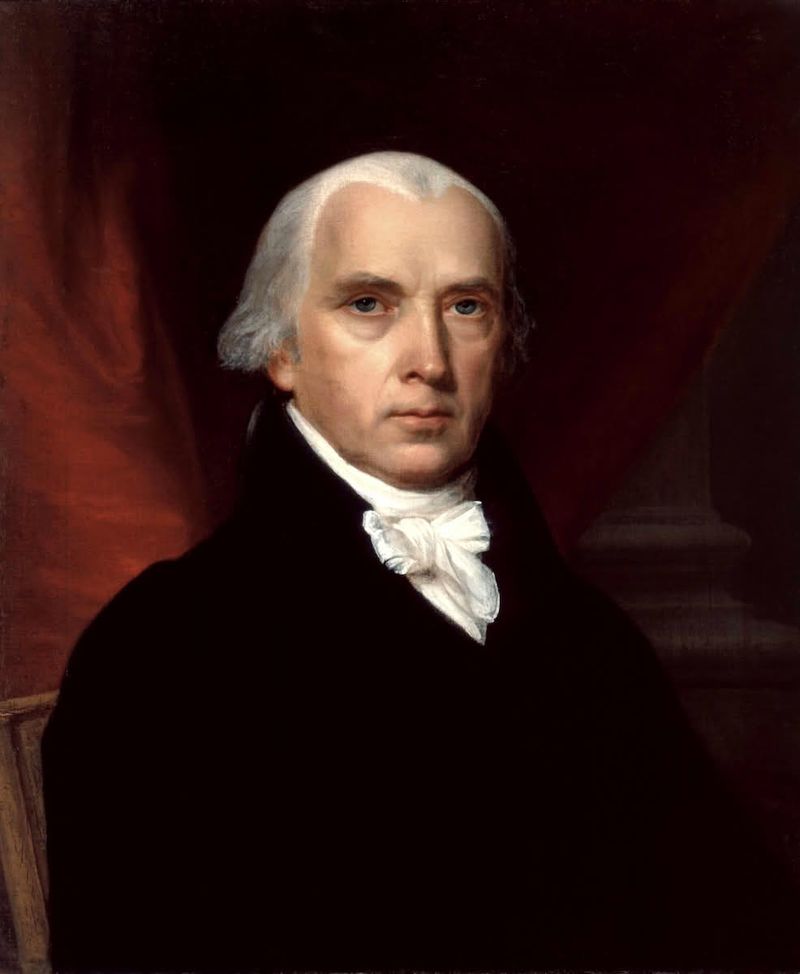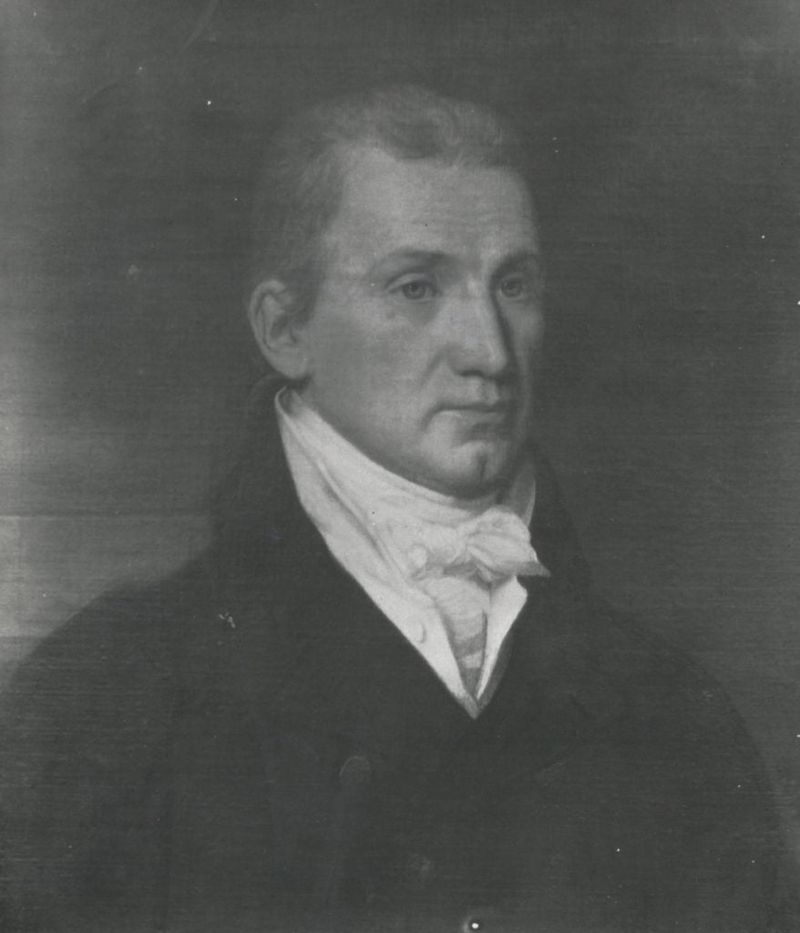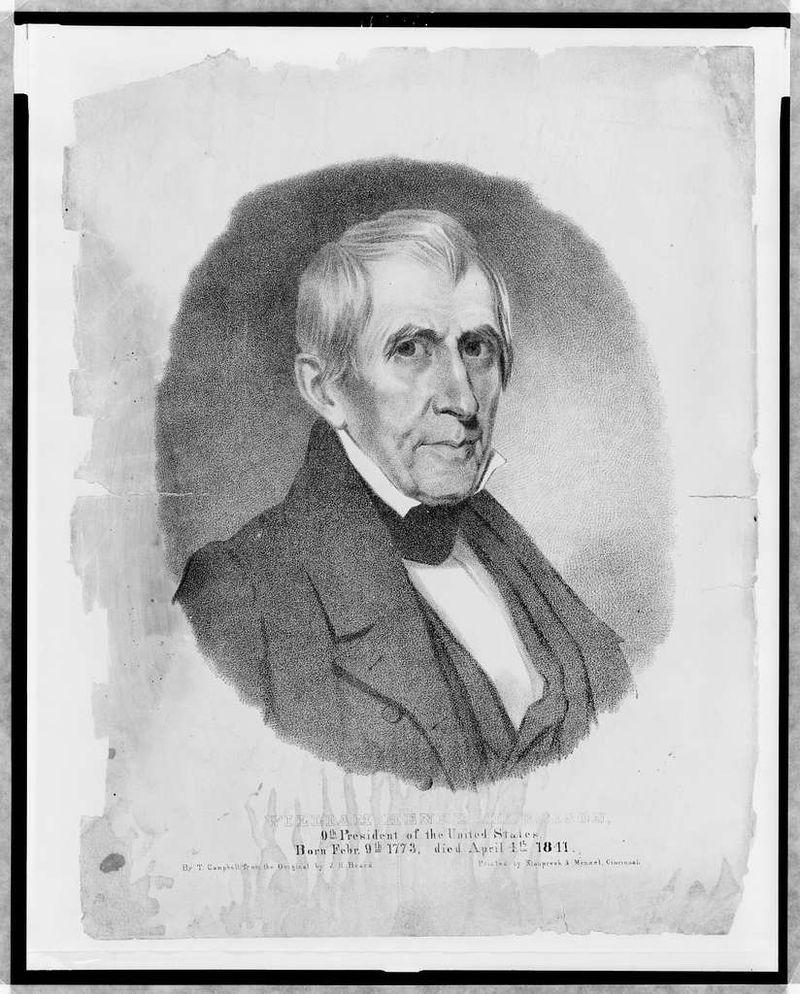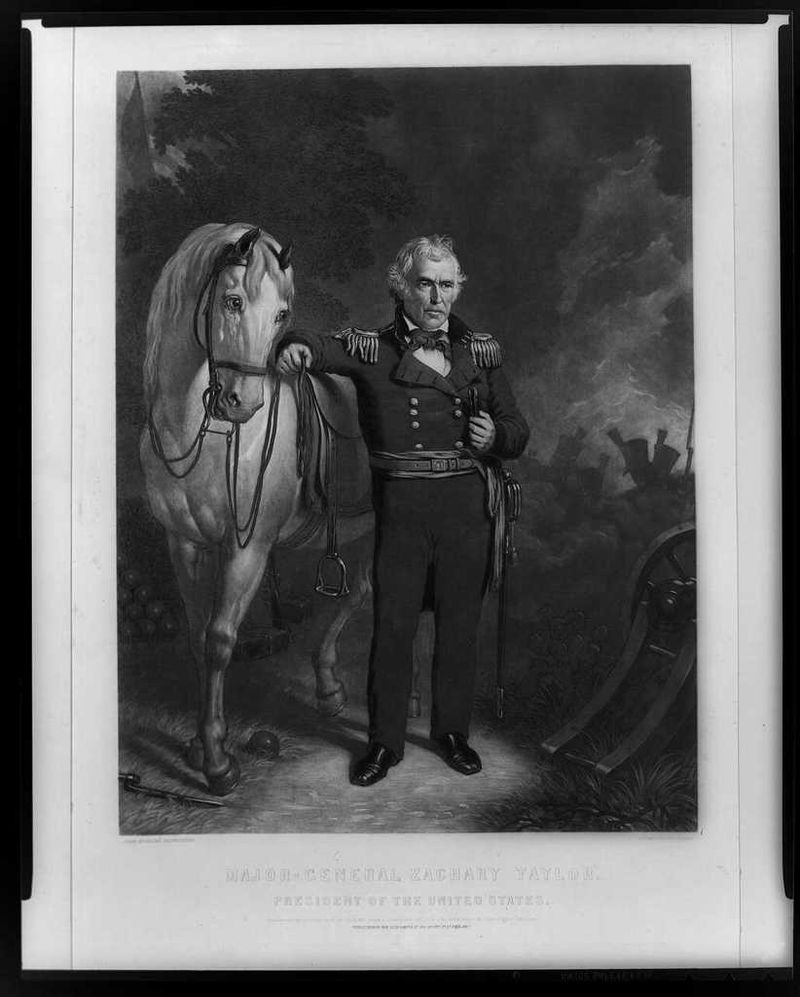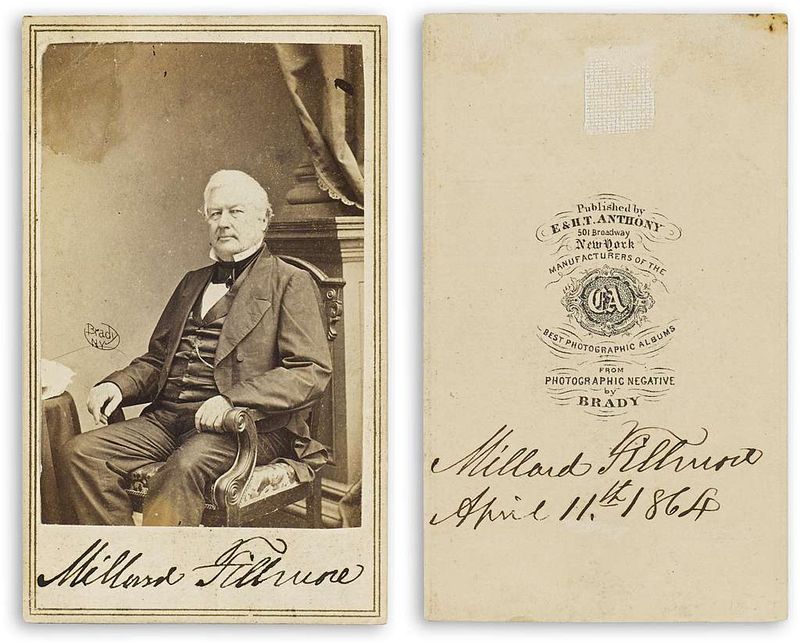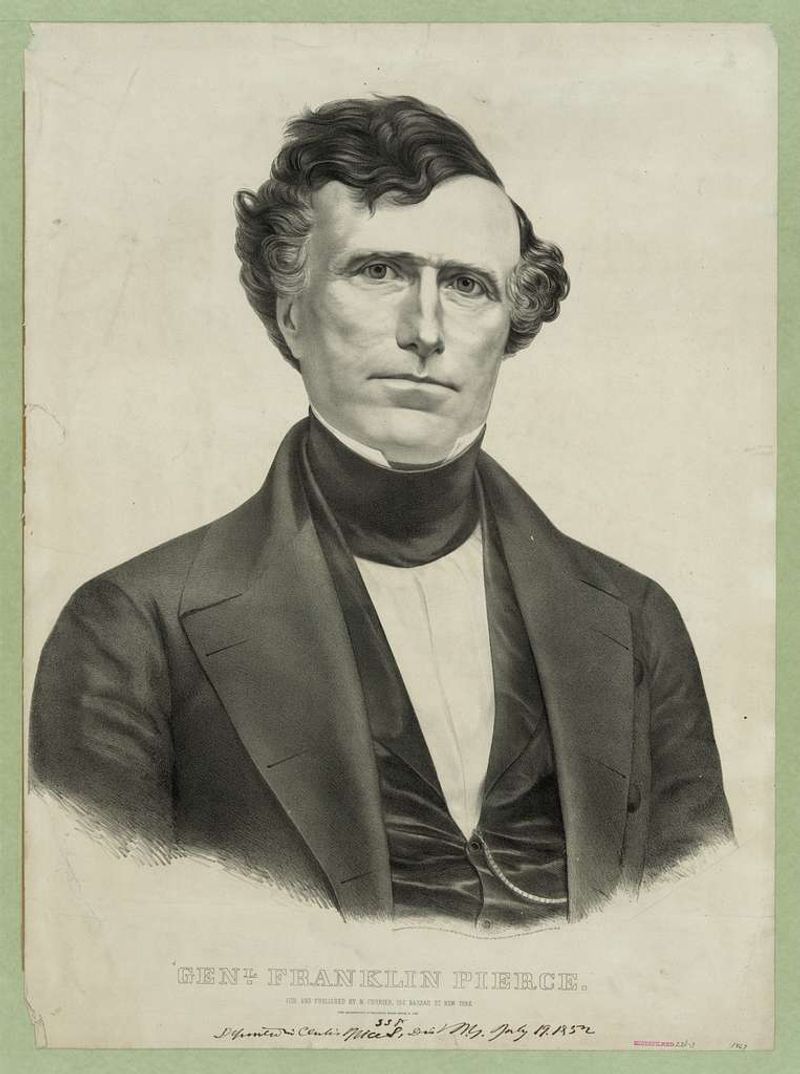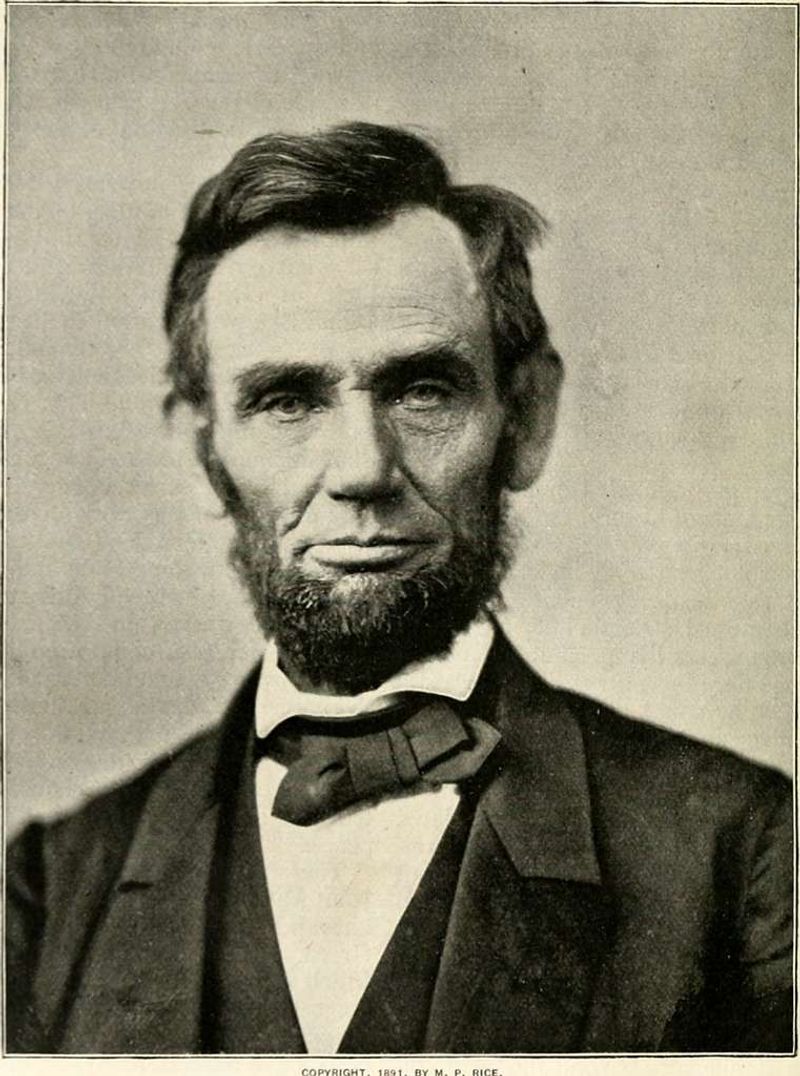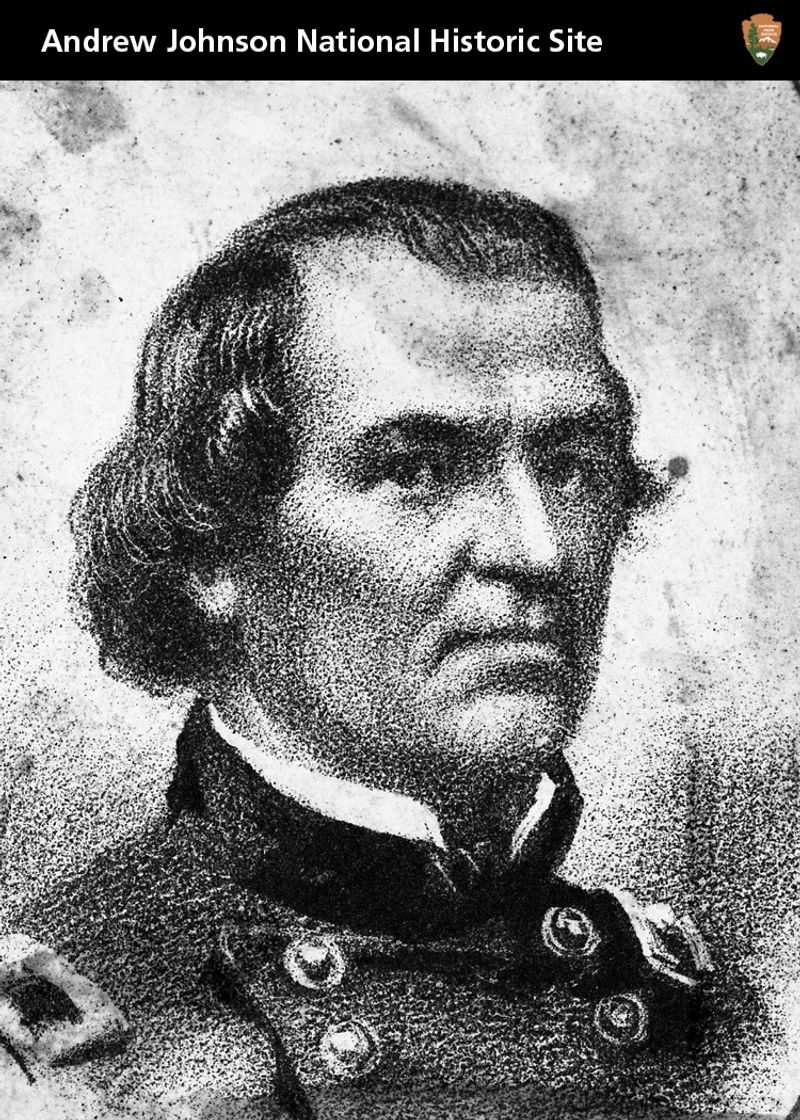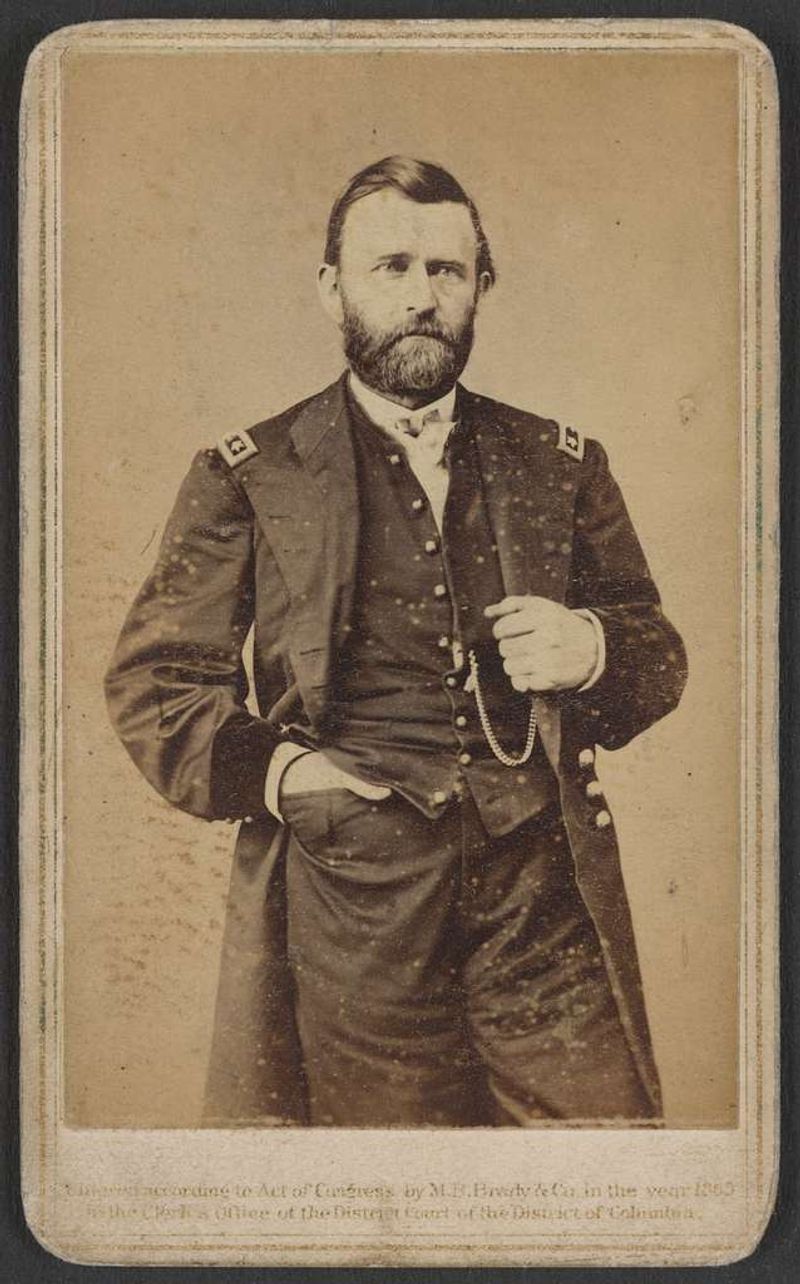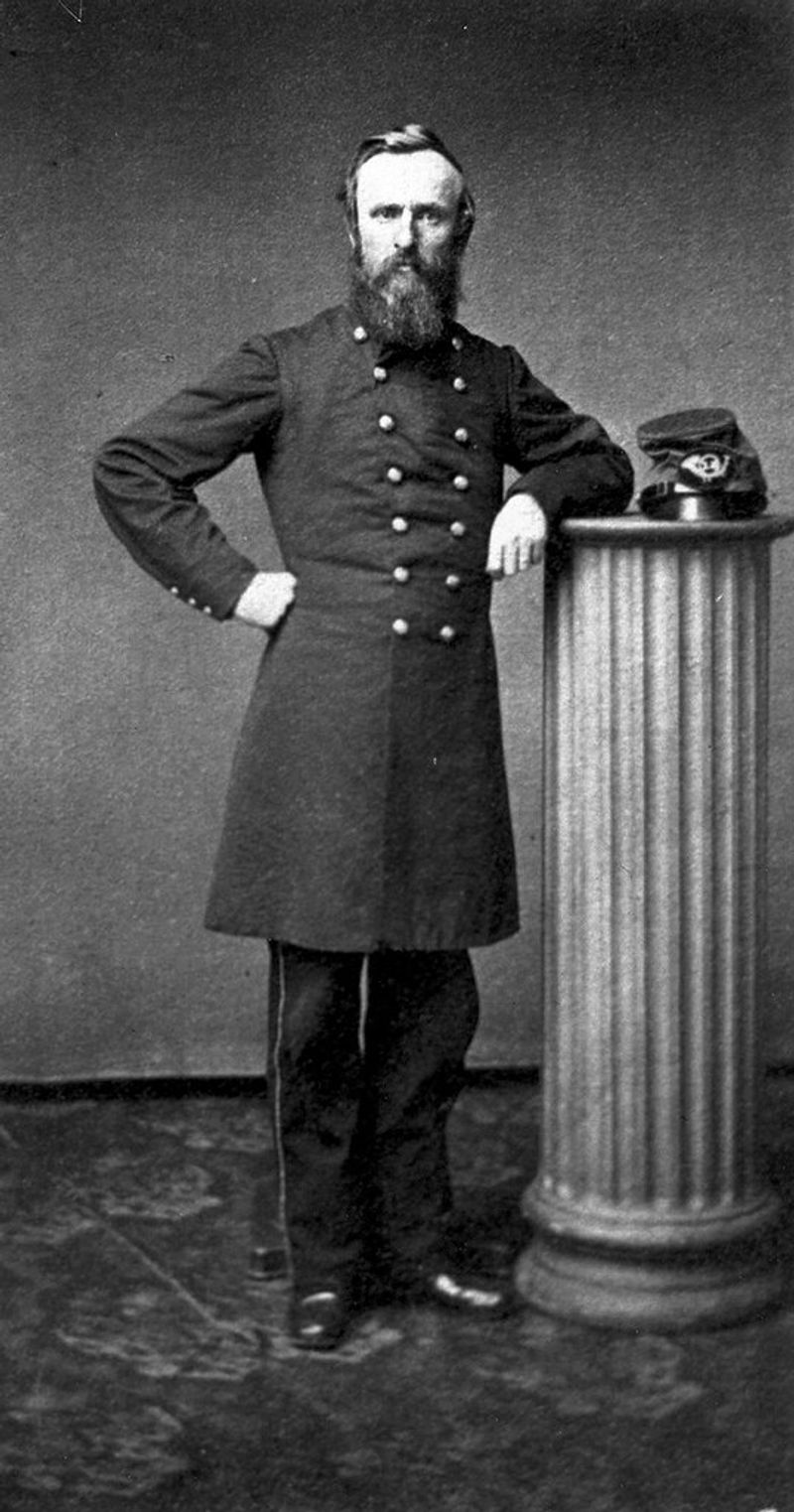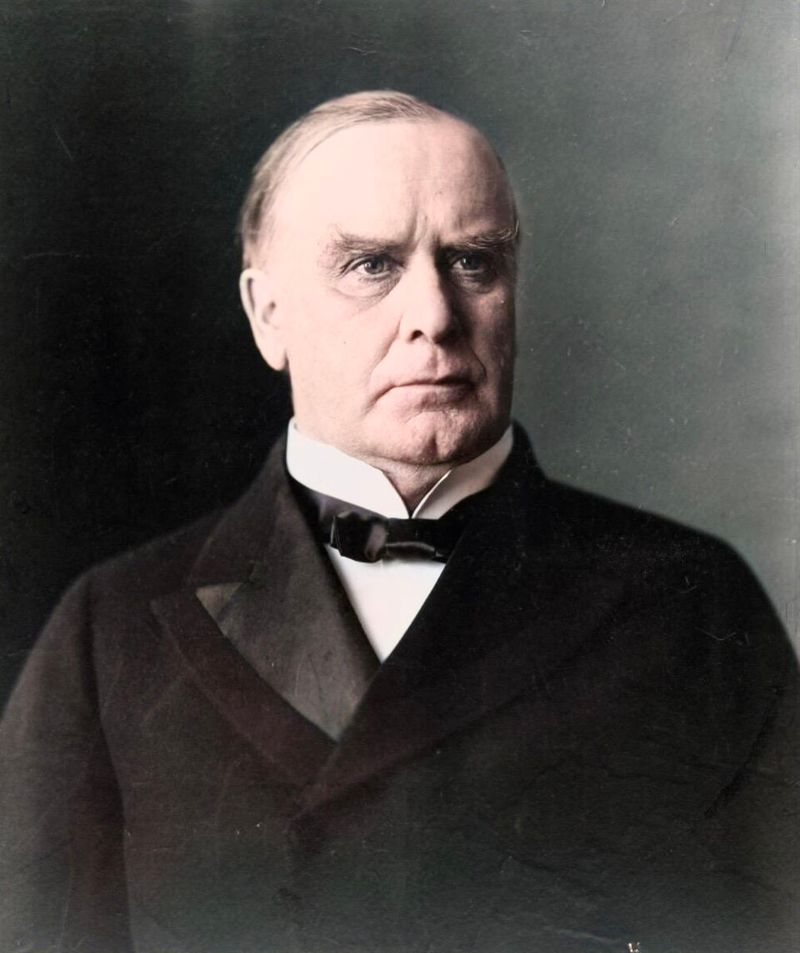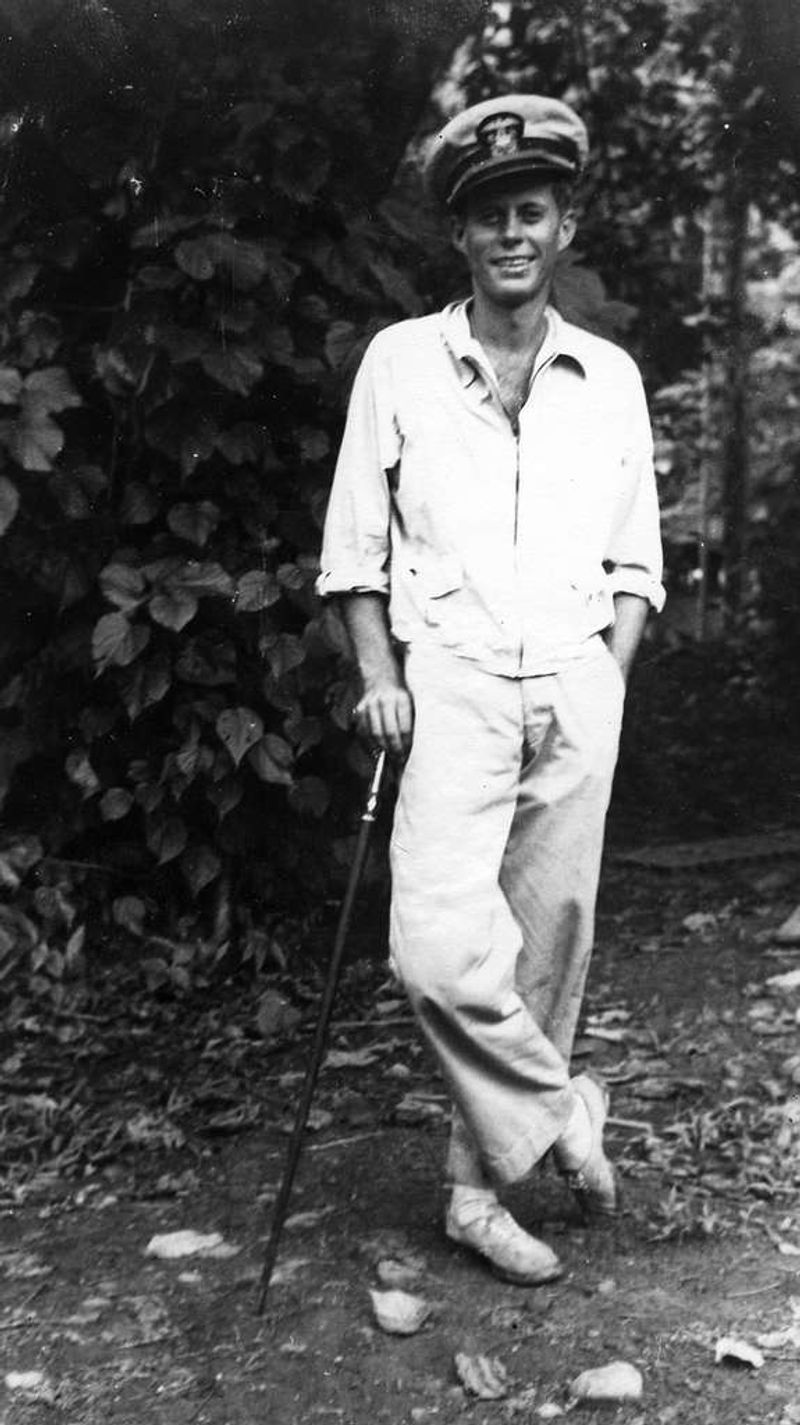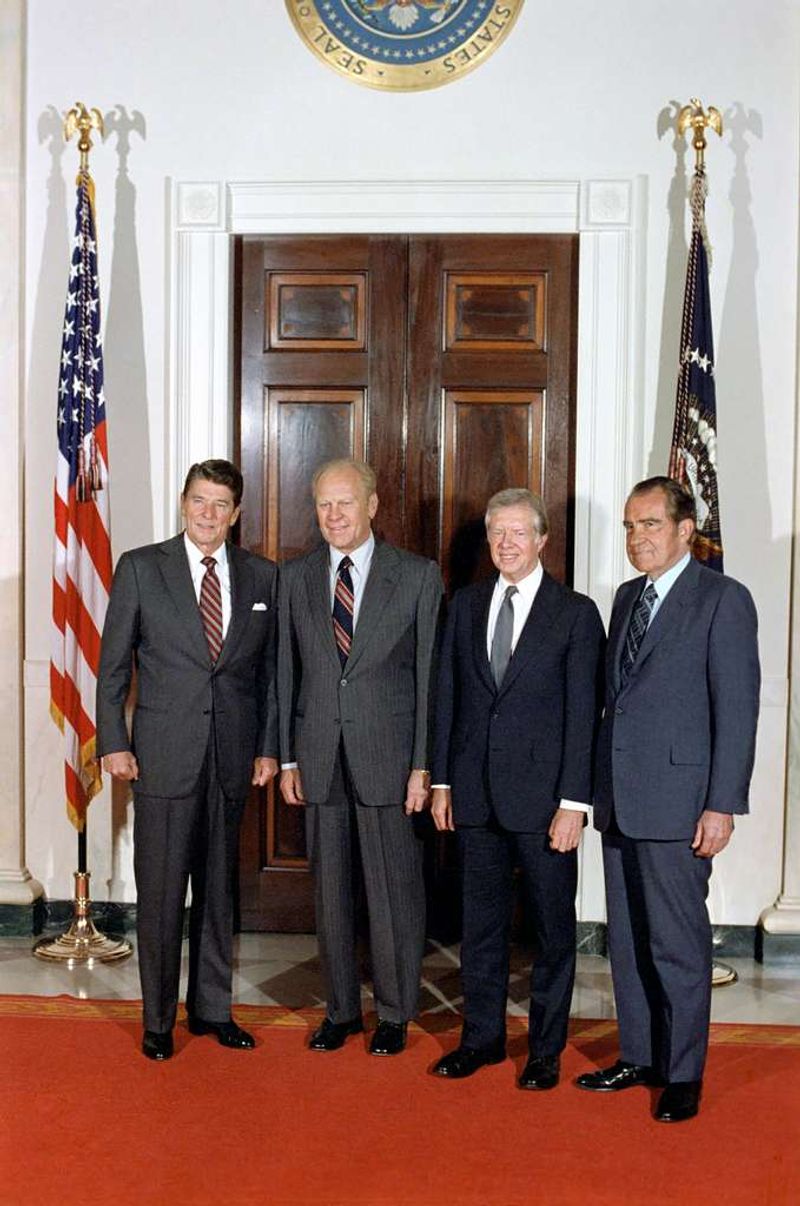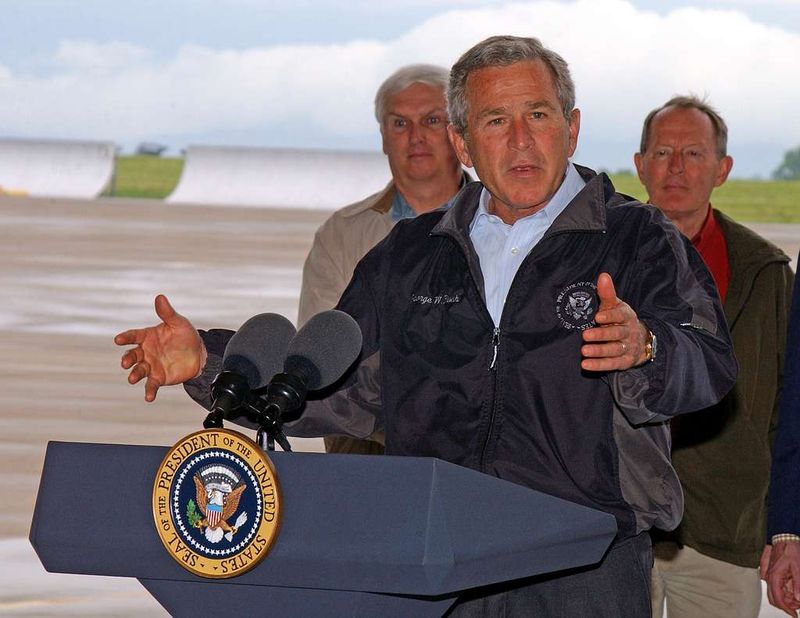Across American history, the path to the White House often ran through the ranks of military service. Some commanders in chief forged their leadership on battlefields, while others supported from home front posts that sharpened their resolve. These stories illuminate courage, controversy, sacrifice, and moments that defined national character. Dive in for vivid snapshots of presidential military lives and the lessons they left behind.
1. George Washington – Virginia militia and Continental Army
George Washington’s military career began in the Virginia militia during the French and Indian War, where early setbacks tempered his judgment and resilience. As commander in chief of the Continental Army, he fused disparate colonial forces into a fighting institution. Washington mastered strategic patience, avoiding catastrophic losses while seizing critical moments such as Trenton and Yorktown. His insistence on civilian supremacy set enduring norms for the republic. The winter at Valley Forge tested discipline and logistics, transforming volunteers into soldiers. Washington’s leadership balanced audacity with restraint, shaping a nation’s military ethos. His farewell to arms foreshadowed stable, constitutional governance.
2. John Adams – Civilian role only
John Adams held militia titles but did not command in combat, instead shaping the young nation’s defense through civilian leadership. As a diplomat and later president, he fortified the Navy during the Quasi-War with France, championing professional institutions over ad hoc militias. His perspective emphasized law, finance, and alliance-building as instruments of security. Adams believed that strong civil authority must steer military power. He chose prudence over glory, avoiding a full-scale war despite public pressures. This restraint safeguarded national stability during fragile early years. His legacy shows military readiness can be built by policy, logistics, and diplomacy as much as battlefield heroics.
3. Thomas Jefferson – Virginia militia colonel
Thomas Jefferson served as a Virginia militia colonel, though his military role was largely administrative and defensive. During the Revolutionary era, he focused on state readiness, local defense planning, and supply coordination. As governor of Virginia, he faced British incursions that exposed weaknesses in militia mobilization and logistics. These experiences shaped his skepticism of standing armies and preference for citizen-soldiers. Jefferson’s later policies stressed naval gunboats, fortifications, and limited federal militarism. While not a battlefield commander, his service reflects the era’s interplay of civic duty and strategic caution. Jefferson’s military legacy lies in doctrine, not battlefield laurels.
4. James Madison – Virginia militia colonel
James Madison held a Virginia militia colonel commission, contributing to organizational and legislative dimensions of defense. His wartime tenure as president during the War of 1812 forced hard lessons about readiness and command coordination. The burning of Washington emphasized the costs of underprepared forces and political fragmentation. Yet Madison’s administration also witnessed naval successes and Andrew Jackson’s triumph at New Orleans. His militia experience informed his conviction that constitutional structures must direct military power. Madison ultimately balanced civil liberties with mobilization needs. His legacy underscores the importance of robust planning, reliable logistics, and unified command in national security strategy.
5. James Monroe – Continental Army officer
James Monroe served as a young Continental Army officer, wounded at Trenton while carrying the attack that helped turn revolutionary fortunes. Exposure to hardship forged his pragmatic view of international power. As president, Monroe drew from military experience to support coastal defenses and the professionalization of the services. His namesake doctrine asserted strategic boundaries for European influence, projecting confidence without constant warfare. Monroe’s battlefield courage resonated with veterans and citizens alike, symbolizing sacrifice for republican ideals. His career illustrates the link between personal valor and diplomatic resolve, blending soldierly grit with a statesman’s long view of national security.
6. Andrew Jackson – Tennessee militia and U.S. Army
Andrew Jackson emerged as a fierce commander in the Tennessee militia and later the U.S. Army, fighting in the War of 1812 and frontier campaigns. His leadership at the Battle of New Orleans forged a national hero image. Jackson’s methods were decisive, sometimes ruthless, reflecting frontier realities and contested policies. He demanded discipline and swift action, blending militia energy with regular Army structure. His campaigns against Creek and Seminole groups sparked enduring debates about sovereignty and justice. As president, Jackson’s military roots informed his assertive executive style. His legacy is complex: tactical brilliance coupled with controversial, often harsh decisions.
7. William Henry Harrison – U.S. Army and militia
William Henry Harrison built his reputation on the frontier, serving in the U.S. Army and local militias during the Northwest Indian War and the War of 1812. At Tippecanoe, he confronted confederated Native forces, later leveraging the victory into national fame. Harrison’s leadership fused fort construction, supply security, and aggressive maneuver. He balanced negotiations with force, albeit within policies often detrimental to Native communities. In the War of 1812, he secured the Northwest via coordinated operations and alliances. His military identity propelled his political rise, marketing him as a rugged guardian of settlements and strategic frontiers.
8. John Tyler – Virginia militia captain
John Tyler served as a Virginia militia captain during the War of 1812, participating primarily in home-defense assignments. His duties centered on coastal vigilance, local readiness, and support for state mobilization. Though not a battlefield luminary, Tyler’s service reflected citizen-soldier traditions that anchored early republic defenses. These experiences informed his constitutional sensitivities about federal power and state responsibilities. As president, he often prioritized limited government and cautious military commitments. Tyler’s militia tenure underscores the importance of local defense networks in national security. His legacy reminds that steadfast home front service can be as vital as glory won abroad.
9. James K. Polk – Tennessee militia officer
James K. Polk’s service as a Tennessee militia officer emphasized organization and civic leadership rather than major battlefield command. Yet his presidency reflected sharp strategic instincts, guiding the nation through the Mexican–American War. Polk marshaled logistics, political will, and decisive objectives to achieve territorial expansion. His military exposure helped him grasp the demands of mobilization and the costs of prolonged conflict. Critics challenged the war’s moral and political basis, but operational successes were undeniable. Polk’s approach highlighted clear goals, synchronized campaigns, and assertive civilian control. The lesson: disciplined planning and political clarity can drive military effectiveness and national strategy.
10. Zachary Taylor – Career U.S. Army officer
Zachary Taylor spent decades as a career Army officer, fighting in the War of 1812, the Black Hawk War, the Seminole Wars, and the Mexican–American War. Known as Old Rough and Ready, he led from the front, favoring strong fieldworks and pragmatic logistics. Victories at Palo Alto, Resaca de la Palma, and Buena Vista showcased tactical grit. Taylor’s plainspoken style won troop loyalty and public admiration. His frontier experience honed improvisation under austere conditions. As president, he prized national unity over sectional demands. Taylor’s career underscores battlefield endurance, supply discipline, and the power of personal example in command.
11. Millard Fillmore – New York militia during the Civil War
Millard Fillmore served in a home guard capacity with the New York militia during the Civil War, organizing local defense and supporting Union morale. Though away from major fronts, he facilitated recruitment, training, and civil order. This service embodied civic responsibility amid national crisis, bridging politics and community protection. Fillmore’s measured approach emphasized stability and public safety. While his presidency preceded the war, his later militia work reflected commitment to Union preservation through non-combat roles. The lesson is that effective defense includes logistics, local readiness, and public confidence. Not all meaningful service occurs under fire or in field campaigns.
12. Franklin Pierce – U.S. Army brigadier general
Franklin Pierce rose to brigadier general during the Mexican–American War, leading volunteers and coordinating movements under challenging conditions. Despite injury and uneven battlefield outcomes, he demonstrated resilience and administrative skill. Pierce’s command experience highlighted the complexities of integrating volunteers with regulars, managing morale, and sustaining momentum. He learned that political objectives must align with operational planning. As president, he faced sectional turbulence that overshadowed his military past. Still, his service illustrates the importance of perseverance and organization amid adversity. Pierce’s career speaks to the demands of leadership under scrutiny, where logistics, cohesion, and health can decide campaigns.
13. James Buchanan – Pennsylvania militia private
James Buchanan served as a private in the Pennsylvania militia during the War of 1812, a humble role that nonetheless connected him to national defense. His service was brief and not combat-intensive, reflecting a citizen-soldier ethos. As president on the eve of the Civil War, Buchanan struggled with decisive mobilization and federal authority. Critics argue his limited military perspective contributed to hesitancy. Yet his experience as a rank-and-file militiaman underscored the value of order, training, and clear chain of command. Buchanan’s trajectory warns that strategic indecision can magnify crises. Preparedness and firm leadership remain indispensable in turbulent times.
14. Abraham Lincoln – Illinois militia captain
Abraham Lincoln served as a captain in the Illinois militia during the Black Hawk War, gaining early leadership experience despite limited combat. He managed volunteers, settled disputes, and safeguarded supplies, sharpening organizational skills and empathy. These lessons later informed his wartime presidency, where he balanced political factions, mobilized industry, and elevated effective generals. Lincoln understood the human dimension of command, visiting troops and hospitals. His clarity of purpose fused moral resolve with military realism. Though his militia tenure was modest, it seeded habits of strategic patience. Lincoln’s journey shows how small-unit leadership can shape grand national decisions.
15. Andrew Johnson – Union brigadier general and military governor
Andrew Johnson became a Union brigadier general and military governor of Tennessee during the Civil War, straddling civil and military authority. He worked to restore federal control, protect loyalists, and manage reconstruction measures under wartime conditions. Johnson’s role demanded balancing martial law, civil rights, and logistical governance. He proved adept at asserting Union presence in a contested state. Yet his later presidential approach to Reconstruction sparked controversy. His wartime post highlights the complexities of military government: security, legitimacy, and reconciliation. Johnson’s service illustrates how stabilizing occupied territory requires clear rules, fair administration, and sustained political will.
16. Ulysses S. Grant – Union Army general
Ulysses S. Grant’s military journey spanned the Mexican–American War and the Civil War, culminating as Union general-in-chief. He prioritized relentless pressure, logistics, and coordinated offensives, winning at Vicksburg and forcing Lee’s surrender. Grant trusted capable subordinates and maintained focus on strategic centers of gravity. His equanimity under fire fostered confidence across the ranks. As president, he defended Reconstruction and civil rights amid political scandal. Grant’s campaigns reveal that supply, timing, and unity of command can break entrenched foes. His leadership transformed operational art in America, marrying industrial capacity to battlefield decisiveness for enduring strategic impact.
17. Rutherford B. Hayes – Union Army officer
Rutherford B. Hayes served with distinction as a Union officer, sustaining wounds and demonstrating front-line courage. He commanded troops in the Shenandoah Valley and other theaters, earning recognition for initiative and steady leadership. Hayes’s meticulous attention to orders and terrain made him a reliable field commander. He understood morale’s fragility and worked to keep units cohesive under fire. Postwar, he supported veterans and public integrity. Hayes’s military record shows that perseverance and careful preparation can outmatch chaos. His example underscores that tactical competence, humane leadership, and personal bravery can shape outcomes beyond any single heroic charge.
18. James A. Garfield – Union Army officer
James A. Garfield rose from volunteer officer to Major General, translating intellectual rigor into battlefield effectiveness. He served in the Western Theater, contributing to operations at Middle Creek and Chickamauga. Garfield excelled at staff work, intelligence analysis, and logistical planning, skills that multiplied combat power. His reports clarified complex situations for commanders, proving that information superiority matters. Wounded politically later, his martial reputation endured. Garfield’s service shows how analytical leadership, not only bravado, wins campaigns. He bridged planning and execution, ensuring orders reflected reality. His legacy: clear thinking under pressure turns military intent into achievable, coordinated action.
19. Benjamin Harrison – Union Army officer
Benjamin Harrison served as a Union officer with the 70th Indiana, rising through effective leadership and organizational skill. He helped shape raw recruits into a cohesive regiment, emphasizing discipline and training. In the Atlanta Campaign, Harrison’s unit endured grueling marches, entrenchments, and stubborn fighting. He balanced strict standards with care for soldiers’ welfare. After the war, his advocacy for veterans reflected deep respect for service. Harrison’s military tenure shows how reliable mid-level command underpins grand strategy. Prepared units, secure supplies, and steady morale enable decisive operations. His example highlights quiet professionalism as a cornerstone of victory.
20. William McKinley – Union Army officer
William McKinley served in the Union Army, notably as a commissary sergeant and later officer, excelling at supply under fire. At Antietam, he delivered hot rations to the front, a small act with big morale impact. Logistics became his battlefield, proving that sustenance can decide a fight. McKinley’s calm efficiency earned promotions and trust. As president, he prioritized industrial strength and modern naval power, reflecting a logistics-first worldview. His service teaches that reliable provisioning sustains courage and operations alike. The right supplies, at the right time, transform endurance into success, often more surely than dramatic charges.
21. Theodore Roosevelt – Colonel of the Rough Riders
Theodore Roosevelt led the 1st U.S. Volunteer Cavalry, the Rough Riders, during the Spanish–American War, exemplifying vigorous, hands-on command. At Kettle and San Juan Heights, he rallied mixed volunteers under punishing fire, leveraging initiative and daring. Roosevelt learned that preparation and physical fitness amplify battlefield resilience. He championed merit, pushing through chaos with clear direction. The campaign’s publicity elevated his national profile, enabling reform-minded politics and naval modernization later. Roosevelt’s service illustrates that charismatic leadership, when coupled with discipline, galvanizes units. It also shows how small-unit actions can shape strategic perception and national momentum far beyond the ridgeline.
22. Harry S. Truman – U.S. Army captain
Harry S. Truman commanded an artillery battery in World War I, where meticulous fire discipline and care for men defined his leadership. He transformed an unruly unit into a precise, cohesive team by enforcing standards fairly. Truman learned to decide quickly with incomplete information, a trait central to later presidential crises. His battlefield calm bred trust. As president, he integrated military advice with civilian oversight, making hard calls from Berlin to Korea. Truman’s service shows that accountability, training, and moral courage anchor effective command. Precision gunnery mirrors precise governance: align means, ends, and timing to achieve sustainable results.
23. Dwight D. Eisenhower – General of the Army
Dwight D. Eisenhower orchestrated Allied operations in World War II, mastering coalition command, logistics, and diplomacy. As Supreme Commander, he synchronized multinational forces for Overlord and beyond, treating supply as strategy. Eisenhower’s calm temperament reconciled strong personalities while focusing on decisive objectives. He believed in mission command: set clear intent, empower subordinates, and maintain unity. As president, he emphasized deterrence, infrastructure, and measured strength. His career proves that strategy is coordination under pressure, sustained by trust and planning. The lesson endures: integrated logistics and alliances multiply power, enabling vast operations without losing coherence or purpose.
24. John F. Kennedy – U.S. Navy lieutenant
John F. Kennedy commanded PT-109 in the Pacific during World War II, where a deadly collision led to a heroic rescue of his crew. Despite injuries, he swam miles towing a sailor to safety, demonstrating grit and responsibility. The episode shaped his political persona: cool under fire, loyal to subordinates. Kennedy valued intelligence, innovation, and unconventional tactics. As president, he backed special operations and flexible response. His service highlights small-unit leadership in extreme conditions, where quick decisions and moral commitment save lives. Courage, adaptability, and compassion can turn catastrophe into a story of steadfast command.
25. Lyndon B. Johnson – U.S. Naval Reserve
Lyndon B. Johnson served in the U.S. Naval Reserve during World War II, flying as an observer on a combat mission in the Pacific and receiving a decoration. His service was brief but politically resonant, connecting him to wartime sacrifice. Johnson’s later presidency grappled with the burdens of Vietnam, where managing escalation, logistics, and public opinion tested leadership. His military exposure informed respect for chain of command and operational detail. The lesson: titles matter less than understanding risk, morale, and mission clarity. Johnson’s experience underscores how even limited service can shape a leader’s view of war’s human stakes.
26. Richard Nixon, Gerald Ford, Ronald Reagan – U.S. Navy officers
Richard Nixon, Gerald Ford, and Ronald Reagan each served as U.S. Navy officers in World War II, contributing in distinct ways. Nixon handled logistics and administration in the Pacific, mastering supply chains. Ford served on USS Monterey, surviving typhoons and deck fires, honing steadiness under duress. Reagan, stateside, produced training films that improved readiness and safety, multiplying force effectiveness. Together, they illustrate varied paths to impact: operations, seafaring resilience, and instructional innovation. Their service shows that warfighting requires both frontline endurance and rear-area excellence, a unified system where every role strengthens combat power.
27. Jimmy Carter – U.S. Navy and nuclear program
Jimmy Carter served as a U.S. Navy officer, training in the nascent nuclear submarine program under Admiral Rickover’s demanding standards. He absorbed a culture of technical rigor, accountability, and engineering discipline. Carter also led a team responding to a Canadian reactor incident, underscoring calm under pressure. These experiences shaped a president attentive to detail and risk management. Carter’s service highlights that technological mastery and ethical leadership are mutually reinforcing. Nuclear operations demand exacting procedures and honest reporting. His legacy reminds leaders to prize competence, transparency, and long-term safety over expedience, both at sea and in public office.
28. George H. W. Bush – U.S. Navy aviator
George H. W. Bush flew combat missions in the Pacific as one of the youngest Navy aviators of World War II. Shot down over the ocean, he completed his bombing run before bailing out and was rescued by a submarine. The episode revealed resolve under fire and devotion to duty. Bush’s aviation service taught teamwork, planning, and contingency readiness. As president, he built coalitions and executed precise operations in the Gulf War. His career shows that courage paired with disciplined coordination yields strategic success. Training, mission focus, and allies remain decisive multipliers in high-risk endeavors.
29. George W. Bush – Texas Air National Guard
George W. Bush served as a pilot in the Texas Air National Guard during the Vietnam era, flying interceptor aircraft stateside. His training demanded precision, emergency procedures, and constant readiness, reinforcing a pilot’s discipline. Though not deployed to Vietnam, the experience informed his understanding of military culture and risk. As president during 9/11 and two major wars, Bush confronted the complexities of modern conflict and mobilization. His service highlights the value of reserve components in national defense. From alert status to training sorties, preparedness and proficiency underpin deterrence, even when combat remains beyond the horizon.
